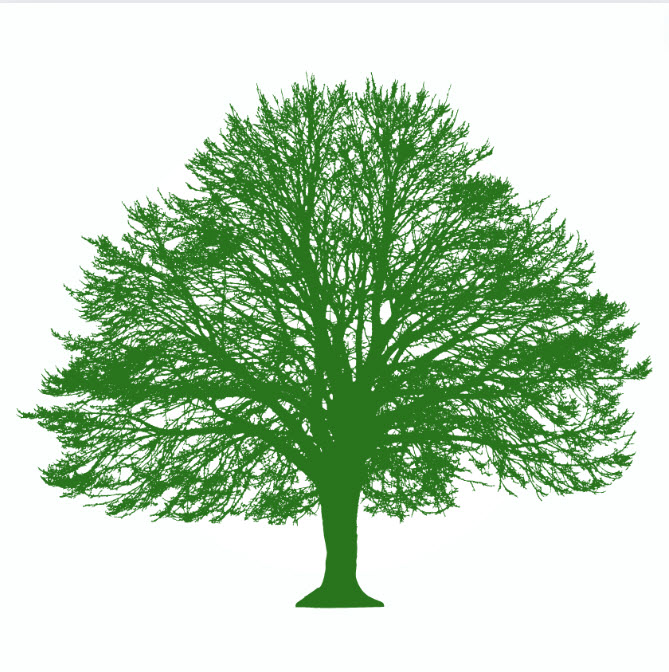Cost and Pricing
Maintaining your trees is an essential part of homeownership, especially when trees grow large, become overgrown, or face storm damage. Trees provide beauty, shade, and environmental benefits, but they also come with responsibilities. Whether you’re dealing with routine pruning, removing a fallen tree, or responding to an emergency after a storm, understanding the costs associated with various tree services is key to making informed decisions.
Several factors influence the price of tree services, including the size of the tree, its location, the type of service, and the time of year. While costs can vary widely, getting a clearer understanding of what’s involved can help you better prepare for any necessary work.
Tree Removal Services
Tree removal is one of the most common services people need, whether because a tree is dead, diseased, or posing a threat to the safety of their property. The cost of removing a tree depends primarily on its size. Larger trees, especially those that are very tall or have a wide diameter, tend to be more expensive to remove.
Another factor influencing tree removal costs is the location. Trees located near power lines, buildings, or other structures that can complicate removal will often require more specialized equipment and experienced workers, leading to higher prices. Additionally, trees with extensive root systems that are difficult to extract can raise the cost.
After a tree is removed, homeowners may also choose to have the stump ground down or completely removed. Stump removal is often considered a separate service, with its own pricing based on the stump’s size and accessibility. Grinding down the stump is generally less expensive than fully removing it, as it involves simply reducing the stump to below ground level.
Tree Trimming and Pruning
Tree trimming and pruning are essential services for maintaining the health and aesthetics of trees. Regular pruning can help trees grow stronger by removing dead or diseased branches, improving air circulation, and promoting overall growth. Proper pruning also prevents trees from becoming overgrown, which can lead to weakened limbs and increased chances of breakage.
The price of tree trimming depends on several factors, including the size of the tree, the amount of work required, and how easy it is for professionals to access the tree. Trees that are tall or difficult to reach may require specialized equipment like bucket trucks or cranes, which adds to the overall cost.
Pruning can be a seasonal service, and the timing may affect the cost as well. Some tree services may charge more during the winter months when trees are dormant because of the increased difficulty in accessing limbs.
Emergency Tree Services
When a tree falls or suffers damage during a storm, quick action is often necessary to prevent further property damage. Emergency tree services are typically required to handle hazardous situations, such as when a tree or large branch is blocking a road, has fallen onto a building, or is leaning precariously over a structure.
The costs of emergency services tend to be higher than standard tree removal or trimming, primarily because of the urgency involved. Emergency crews may need to work in dangerous conditions, such as high winds, rain, or snow, which adds to the complexity of the job. Additionally, the need for rapid response, often outside normal business hours, can lead to increased labor costs.
In cases where a tree has fallen onto a house or other structure, tree removal professionals may need to collaborate with roofers, electricians, or other specialists to safely clear the tree without causing further damage. This coordination can drive up the overall cost of the service.
Stump Grinding and Removal
After a tree has been cut down, homeowners are often left with a stump in their yard. While some may choose to leave the stump, many opt for stump grinding or removal. The cost of stump grinding depends on the size and number of stumps, as well as their location. Stumps located in hard-to-reach areas or near structures may be more expensive to grind or remove due to accessibility issues.
Grinding a stump down to ground level is a relatively quick process and usually costs less than fully removing the stump. Full stump removal involves digging out the entire root system, which is more labor-intensive and may be necessary if you plan to replant in that area.
Tree Health Care and Disease Management
Caring for a tree’s overall health is another vital aspect of tree services. Trees, like any other living organism, are susceptible to diseases, pests, and environmental stress. Hiring a certified arborist to assess and treat trees for diseases can help prevent the need for full tree removal in the future.
The cost of tree health care services varies depending on the treatments required. For instance, chemical treatments to combat pests like bark beetles or injections to manage tree diseases may be necessary to keep a tree healthy. Arborists may also recommend soil treatments or fertilization to improve the tree’s resilience and overall health. More intensive treatments, such as bracing or cabling for structurally unsound trees, can raise the price as well.
Lot Clearing and Land Preparation
Clearing a lot for new construction or landscaping projects often involves removing multiple trees, stumps, and brush from an area. Lot clearing is a labor-intensive process that requires specialized equipment, including chainsaws, bulldozers, and mulchers. The more densely wooded or overgrown an area is, the more time and effort will be required, leading to higher costs.
For landowners needing lot clearing services, the cost typically depends on the size of the area being cleared and the number and type of trees involved. Larger trees that need to be removed entirely or stumps that need to be ground down will drive up the price.
Factors Affecting the Cost of Tree Services
Several factors come into play when determining the price of tree services:
- Tree Size: Taller or wider trees require more labor and equipment, raising the price.
- Location and Accessibility: Trees near structures, power lines, or in hard-to-reach areas may require additional safety measures or specialized equipment.
- Seasonal Demand: The time of year can influence pricing. Some tree services are busier during storm seasons, while others might charge more during the off-season.
- Condition of the Tree: Dead, diseased, or damaged trees can be more dangerous to remove and may require special techniques.
- Emergency Services: Urgent situations usually cost more due to the immediate response required and the potential hazards involved.
Tips for Saving on Tree Services
While tree services can be costly, there are ways to save money:
- Routine Maintenance: Regularly pruning your trees can prevent more extensive, costly work down the road.
- Request Multiple Quotes: Get estimates from several tree service companies to compare prices and services.
- Plan Ahead: If you can schedule non-urgent work during the off-season, you might get a better rate.
- Bundle Services: Some companies offer discounts if you need multiple trees serviced or if you combine tree removal with stump grinding.
Tree services vary widely in cost, depending on the type of service needed, the size and condition of the tree, and its location. Whether you require routine trimming, removal after a storm, or emergency tree services, understanding these factors will help you make informed decisions. Investing in the health and maintenance of your trees not only keeps them looking their best but also ensures the safety of your home and property. Always seek out qualified professionals and gather multiple quotes to ensure you’re getting the best value for your tree care needs.

